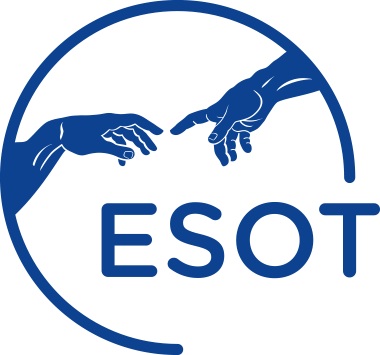- Journal of the American Society of Nephrology. 1998 Jan; 9(1):121-7.
- Abstract
- Pubmed Link
Photopheresis (ECP) is a new form of photochemotherapy that induces a selective inhibition of the host response to foreign histocompatibility antigens and reverses allograft rejection after organ transplantation. This report describes four adolescent patients with recurrent rejection episodes after renal transplantation, all uncontrolled using standard protocols of immunosuppression (intravenous steroids and OKT3), yet successfully treated with a 6-mo course of ECP. The ECP treatment was performed at weekly intervals during the first month, at 2-wk intervals during the second and third months, and then monthly for another 3 mo. Creatinine clearance improved throughout the treatment in three patients and remained unchanged in one. All patients had a pre-ECP biopsy with a grade 2 or 3 rejection (Banff) with a diffuse infiltrate CD8, CD14, LFA-1 (166 cells positive/0.048 mm2), and VLA-4 (51 cells positive/0.048 mm2) positive, as well as a tubular expression of HLA-DR (6.2 sections of tubule positive/0.048 mm2), ICAM-1, and VCAM-1 (3.1 and 2.9 sections of tubule positive/0.048 mm2). A strong reduction of cell infiltrate and expression of LFA-1 (6.6 cells positive/0.048 mm2). VLA-4 (0.7 cells positive/0.048 mm2), HLA-DR (0.2 section of tubules positive/0.048 mm2), ICAM-1 (0.3 section of tubules positive/0.048 mm2), and a disappearance of VCAM-1 staining were observed in the biopsies performed after 3 mo of ECP. All patients remained rejection-free during ECP, without infections or other complications commonly observed with increasing doses of standard immunosuppression. The clinical improvement allowed a progressive reduction of oral steroids in three of the four patients treated.
BACKGROUND:
There is no standard definition for “HLA incompatible” transplants. For the first time, we systematically assessed how HLA incompatibility was defined in contemporary peer-reviewed publications and its prognostic implication to transplant outcomes.
METHODS:
We combined 2 independent searches of MEDLINE, EMBASE, and the Cochrane Library from 2015 to 2019. Content-expert reviewers screened for original research on outcomes of HLA-incompatible transplants (defined as allele or molecular mismatch and solid-phase or cell-based assays). We ascertained the completeness of reporting on a predefined set of variables assessing HLA incompatibility, therapies, and outcomes. Given significant heterogeneity, we conducted narrative synthesis and assessed risk of bias in studies examining the association between death-censored graft failure and HLA incompatibility.
RESULTS:
Of 6656 screened articles, 163 evaluated transplant outcomes by HLA incompatibility. Most articles reported on cytotoxic/flow T-cell crossmatches (n = 98). Molecular genotypes were reported for selected loci at the allele-group level. Sixteen articles reported on epitope compatibility. Pretransplant donor-specific HLA antibodies were often considered (n = 143); yet there was heterogeneity in sample handling, assay procedure, and incomplete reporting on donor-specific HLA antibodies assignment. Induction (n = 129) and maintenance immunosuppression (n = 140) were frequently mentioned but less so rejection treatment (n = 72) and desensitization (n = 70). Studies assessing death-censored graft failure risk by HLA incompatibility were vulnerable to bias in the participant, predictor, and analysis domains.
CONCLUSIONS:
Optimization of transplant outcomes and personalized care depends on accurate HLA compatibility assessment. Reporting on a standard set of variables will help assess generalizability of research, allow knowledge synthesis, and facilitate international collaboration in clinical trials.


